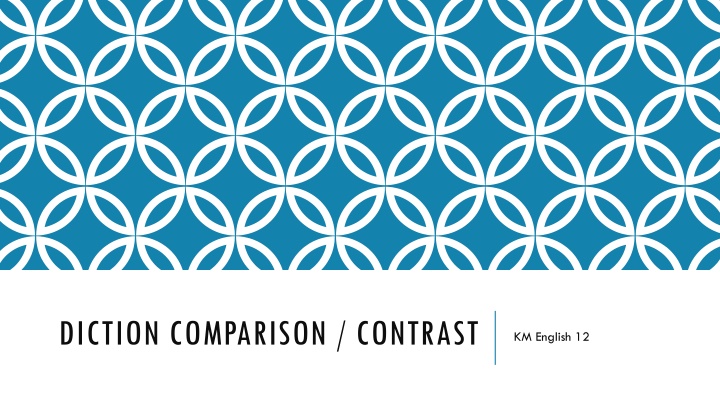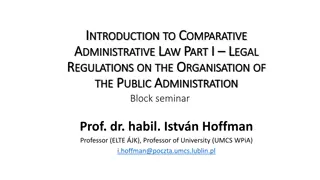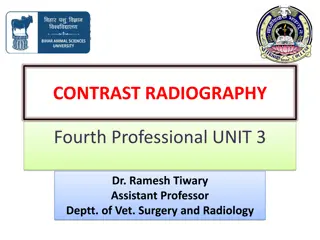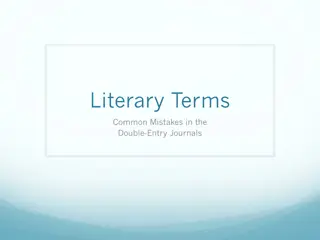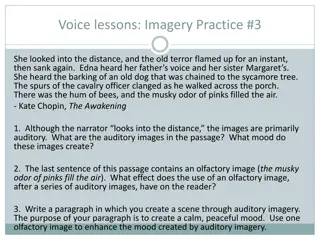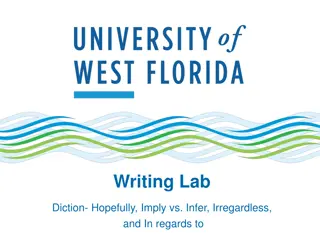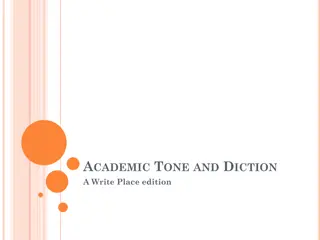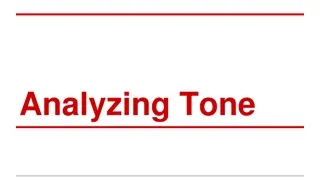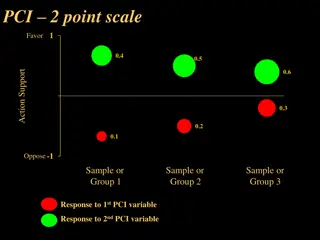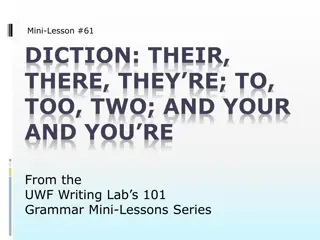DICTION COMPARISON / CONTRAST
Explore the impact of word choice on reader perception and audience targeting. Dive into how authors convey messages about poverty and wealth through diction. Prepare for an assessment comparing diction in different texts.
Download Presentation

Please find below an Image/Link to download the presentation.
The content on the website is provided AS IS for your information and personal use only. It may not be sold, licensed, or shared on other websites without obtaining consent from the author.If you encounter any issues during the download, it is possible that the publisher has removed the file from their server.
You are allowed to download the files provided on this website for personal or commercial use, subject to the condition that they are used lawfully. All files are the property of their respective owners.
The content on the website is provided AS IS for your information and personal use only. It may not be sold, licensed, or shared on other websites without obtaining consent from the author.
E N D
Presentation Transcript
DICTION COMPARISON / CONTRAST KM English 12
LEARNING TARGET AND SUCCESS CRITERIA Analyze the word choice or diction for a passage to determine meaning and purpose. Explain the effect that a word choice has on a reader and purposefully select a word to create a specific effect on a reader.
DICTION ASSESSMENT For your upcoming assessment, you will compare how diction is used in two different texts. You will explain the following: 1. What is the effect that the author s use of diction has on the reader? 2. Based on diction, who does the intended audience appear to be? 3. How does the author s use of diction convey a message about poverty and/or wealth?
RUBRIC There is thorough understanding of the expectations of the question. Ideas are relevant and focused. The response is fully supported by well- chosen references to the text(s). There is good understanding of the expectations of the question. Ideas are mostly relevant and focused. The response is mostly supported by well- chosen references to the text(s). There is mostly adequate understanding of the expectations of the question. Ideas are generally relevant and focused. The response is generally supported by well- chosen references to the text(s). The student has a superficial understanding of the expectations of the question. Ideas are frequently irrelevant and/or repetitive. The response is not supported by references to the text.
DICTION 1. Refers to an author s choice of words. 2. Words are the basic tools that writers have and they create the color and texture of a written work 3. Shape readers perception 4. Consider the effect that individual words have on a reader
NICKEL AND DIMED When someone works for less pay than she can live on when, for example, she goes hungry so that you can eat more cheaply and conveniently then she has made a great sacrifice for you, she has made you a gift of some part of her abilities, her health, and her life. The 'working poor,' as they are approvingly termed, are in fact the major philanthropists of our society. They neglect their own children so that the children of others will be cared for; they live in substandard housing so that other homes will be shiny and perfect; they endure privation so that inflation will be low and stock prices high. To be a member of the working poor is to be an anonymous donor, a nameless benefactor, to everyone else. In this text, Barbara Ehrenreich argues that the working poor, many of whom struggle to work and feed their families live a life that is meant to benefit people who have more money.
CONSIDER THE FOLLOWING: 1. What mental picture is created by the word sacrifice ? Look up this word in your own language if you speak a language other than English. What connotations does the word sacrifice have? When someone works for less pay than she can live on when, for example, she goes hungry so that you can eat more cheaply and conveniently then she has made a great sacrifice for you, she has made you a gift of some part of her abilities, her health, and her life. The 'working poor,' as they are approvingly termed, are in fact the major philanthropists of our society. They neglect their own children so that the children of others will be cared for; they live in substandard housing so that other homes will be shiny and perfect; they endure privation so that inflation will be low and stock prices high. To be a member of the working poor is to be an anonymous donor, a nameless benefactor, to everyone else. 2. Ehrenreich describes the working poor as philanthropists . What is a philanthropist and how does this word choice affect the way the reader thinks about the working poor? 3. Who is Ehrenreich s intended audience? How can you tell?
PERSONAL READING JOURNAL Independently begin reading a second text. Choose any of the five texts that are available on the class web site. As you are reading, stop every two pages to record examples of diction that stand out to you. 1. What is the word choice that stands out? 2. What connotations does the word have? 3. What effect does it have on the reader? 4. Who does it suggest is the intended audience?
WRITING ABOUT DICTION In her text, Nickel & Dimed , Barbara Ehrenreich uses words with contrasting negative and positive connotations to describe the quality of life of the working poor versus the lives of the middle class or upper class. The 'working poor,' as they are approvingly termed, are in fact the major philanthropists of our society. They neglect their own children so that the children of others will be cared for; they live in substandard housing so that other homes will be shiny and perfect; they endure privation so that inflation will be low and stock prices high. She uses words like neglect , substandard , and privation to describe the lives of the working poor. These words paint a bleak picture. When something is neglected it suffers and dies. When something is substandard it doesn t meet basic expectations. According to the dictionary, privation is when things that are basic to human life are lacking. The words she uses to describe the wealthier classes paint a more positive picture: cared for , shiny , perfect , and high . These words suggest that the wealthy enjoy a standard of life that is more comfortable than the poor.
COMPARING DICTION J. L. leans back against the Center again. Hey, Bro, I was just going to make a call for you to 1-800- ISTUPID. From The first part last , by Angela Johnson To be a member of the working poor is to be an anonymous donor, a nameless benefactor, to everyone else. From Nickel & Dimed , by Barbara Ehrenreich What are the significant differences in word choices here? What effect do these choices have on the reader? Who is the intended audience?
ASSESSMENT INSTRUCTIONS Choose two different texts. In a multi-paragraph essay, compare how diction is used in the two texts. For each text explain the following: 1. What is the effect that the author s use of diction has on the reader? 2. Based on diction, who does the intended audience appear to be? 3. In what ways do the authors use diction to convey a message about wealth and/or poverty?
WRITING REMINDERS For each text, make sure that you include the following: the author s name, the title of the text (written in quotation marks like this: The Pursuit of Happyness ) and a brief explanation of the text. Include direct text evidence to support your analysis and comparison. Begin with an introduction and end with a conclusion. Use topic sentences and transitions between paragraphs and ideas.
SUBMIT YOUR FINAL DRAFT Final drafts are due at the end of day on Thursday. Submit your draft to TurnItIn. The assignment title is Diction Comparison. You may copy and paste or upload, it doesn t matter. DO NOT PLAGIARIZE. Cite your sources accurately in the text. If you use MLA style citations, include the works cited at the bottom of the page. Otherwise, use in text attributions.
TURN IN YOUR ESSAY Use TurnItIn.com to submit your essay. The name of the assignment is: Diction Comparison If you have not been here because of testing, please go to the class web site and open these instructions on the Language of Poverty and Wealth page. If you have been testing for the last two days, you have an additional two days to complete this essay and turn it in.
